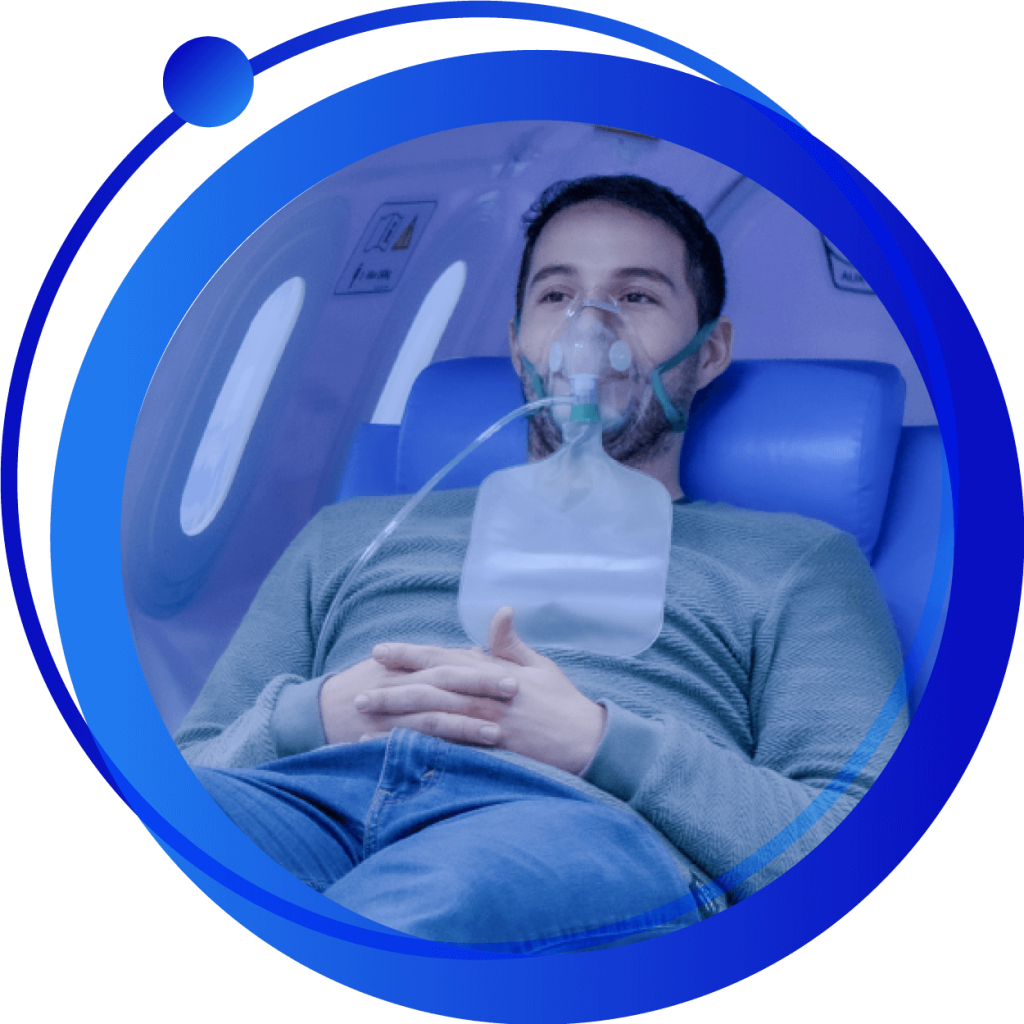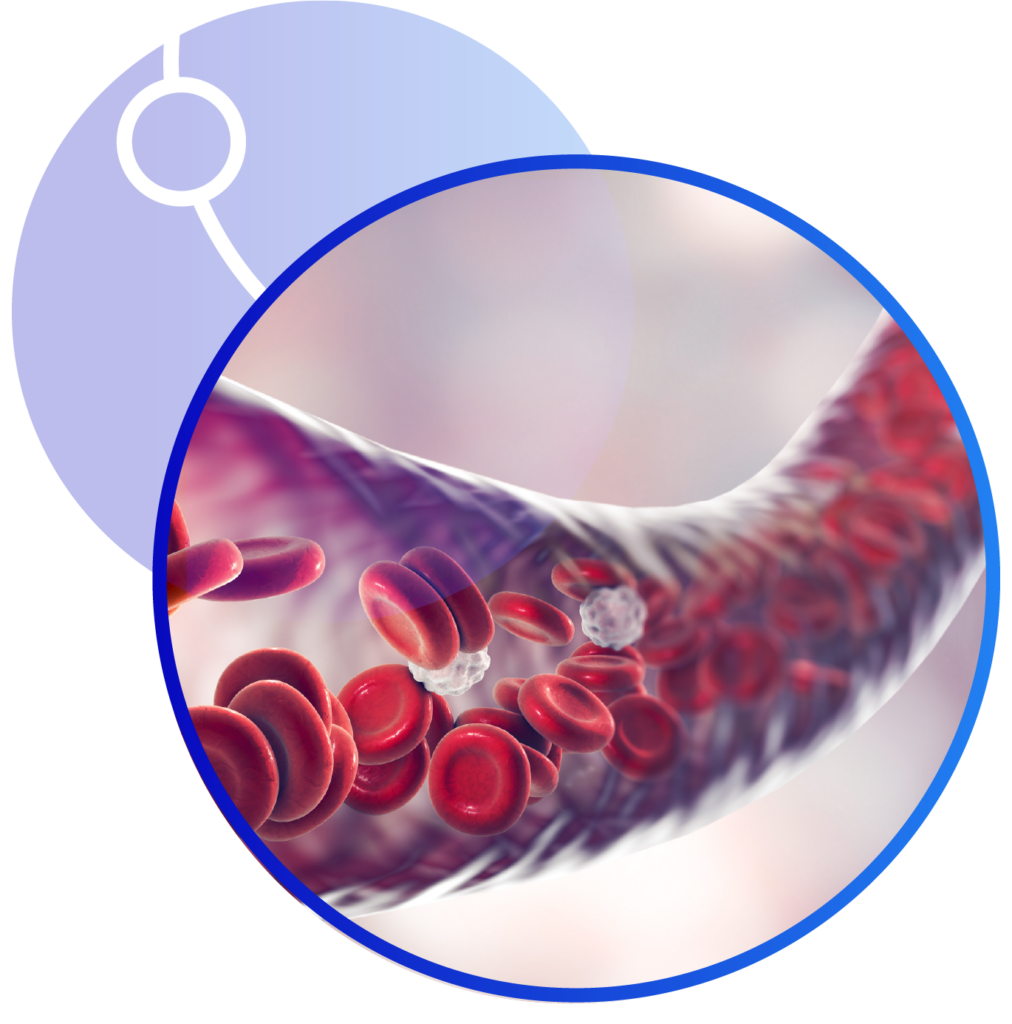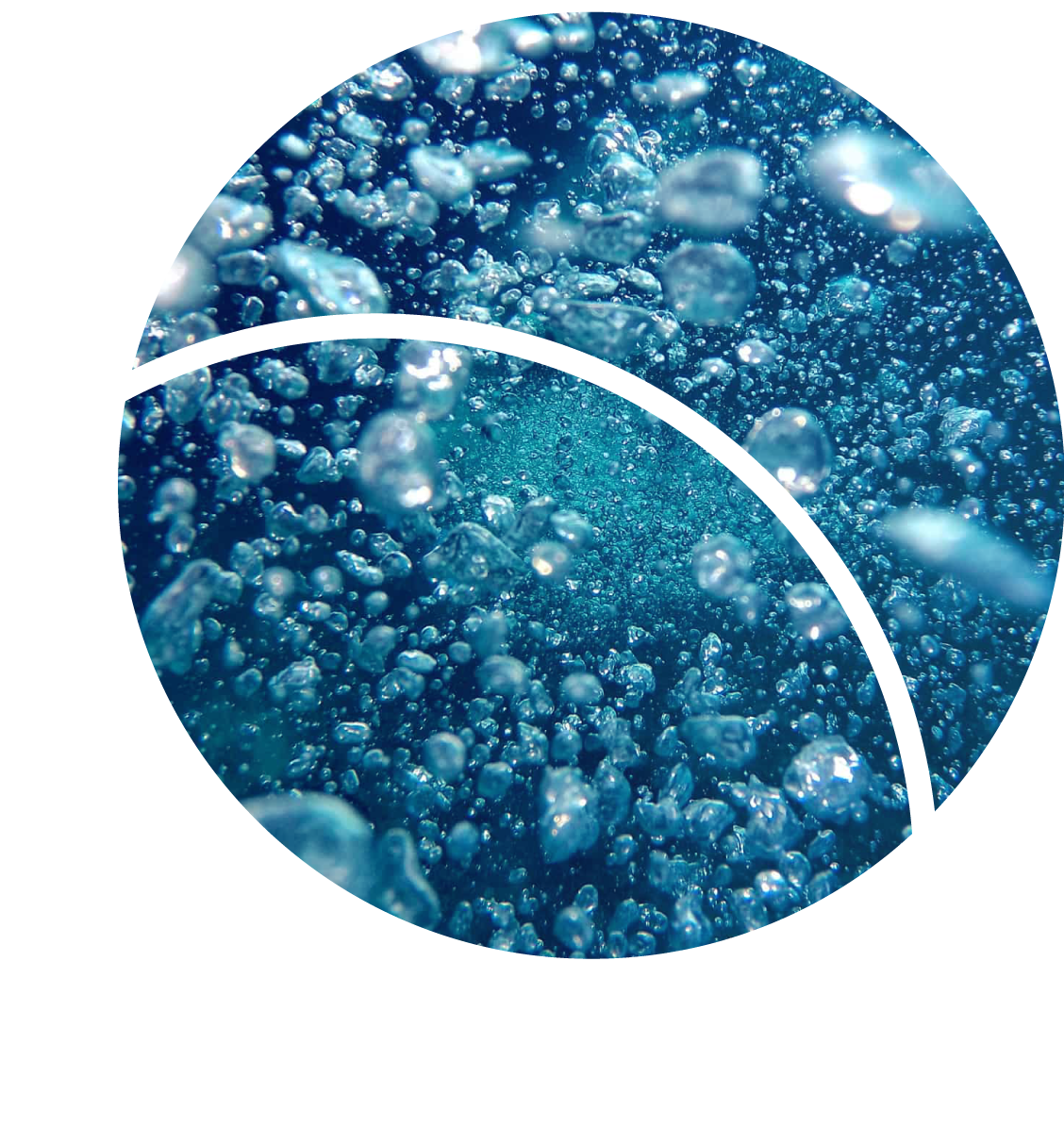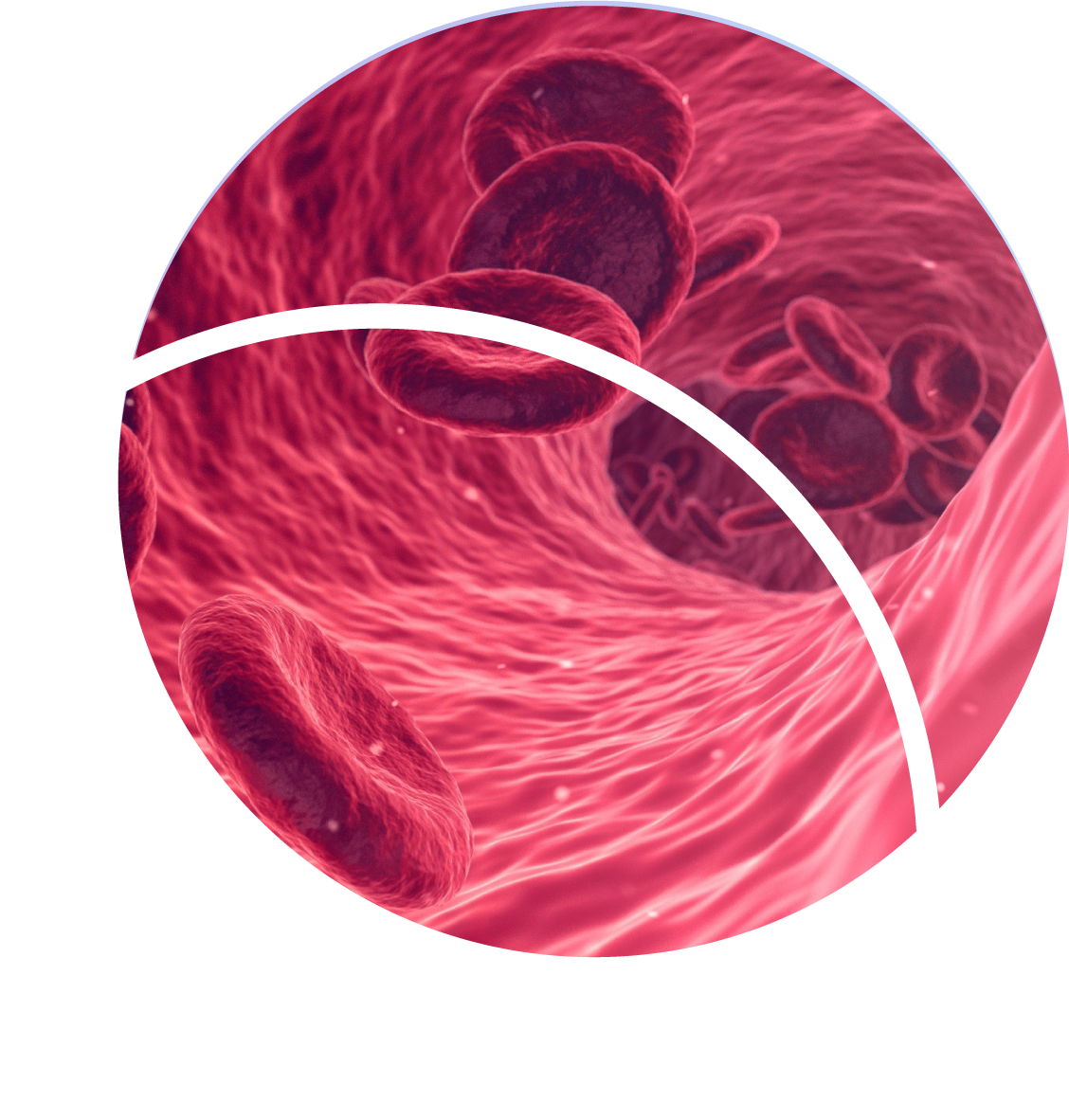What is Hyperbaric Oxygenation Treatment (HBOT)?
Hyperbaric Oxygen Therapy (HBOT) consists in breathing high concentrations of oxygen (O2) into a hyperbaric chamber pressurized above normal atmospheric pressure (at sea level, 1.0 absolute atmosphere or ATA)
For clinical use, the pressure should be at least 1.4 ATA. Hyperbaric Oxygenation is used as primary therapy in some pathologies and intoxications, or as an adjunct in pathologies with inadequate supply of oxygen to the tissues.
To understand how this therapy works, it is necessary to understand the main function of respiration: to enter oxygen into the body to distribute it through the circulatory system to all organs and tissues.

The physical-chemical foundation of Hyperbaric Therapy is essentially based on two physical laws that describe the behavior of gases:
Hyperoxia
Hyperoxia is the result of the combination of increased plasma oxygen dissolution and increased pressure, which is the therapeutic mechanism of hyperbaric oxygen therapy.
When hyperoxia is achieved, a series of biochemical, physiological and therapeutic effects are triggered.

Physiological Effects of Hyperbaric Oxygen Therapy

History of Hyperbaric Medicine:
Hyperbaric Medicine has more than 350 years of history, although its formal application is much more recent


